© Use of content without authorization is prohibited
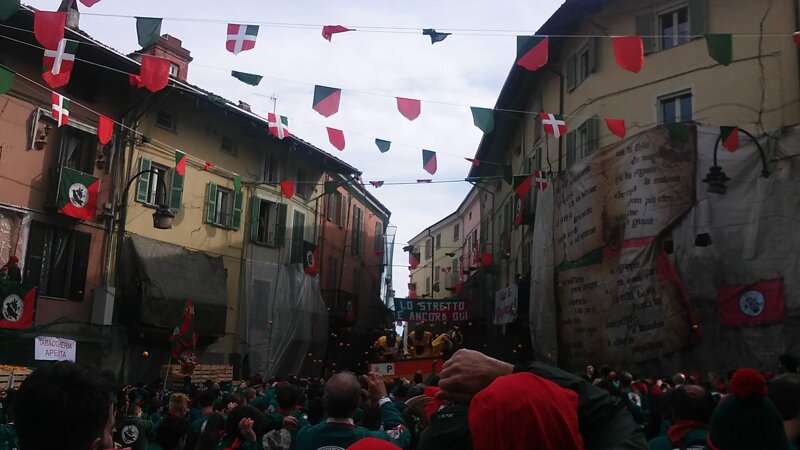
Piedmont
Alessandria Asti Biella Cuneo Novara Torino Verbano-Cusio-Ossola Vercelli
In this land, nature is held in the highest regard. There are postcard-perfect landscapes almost everywhere: from the mountains of the Western Alps to Gran Paradiso and the splendid views of Monte Rosa; in the hills with the wonderful vineyards of Monferrato and the Langhe; in the plains with the flooded rice fields at sunset. This is also a land rich in water, with the Po River crossing it from west to east; Lake Maggiore and Lake Orta, beautiful even if a bit too urbanized. And beyond the fascinating Turin, an endless number of towns and villages rich in monuments; and then Abbeys, Sanctuaries, Forts, and Castles scattered almost everywhere. Piedmontese cuisine is predominantly land-based, and only my stubborn determination to give up meat denies me gourmet dishes like Brasato al Barolo. My favorite dishes are: Peppers with Bagna Cauda, Mint Risotto, Barbera Risotto, Tajarin with Alba White Truffle, Taglierini with Hazelnuts, and I always end the meal with Bonèt, or where available, I enjoy Castagnaccio. When it comes to wines, Piedmont has no rivals in the world, especially for reds: Barbera d’Asti, Barbaresco, Nebbiolo, Barolo, and with desserts, Brachetto d’Acqui.
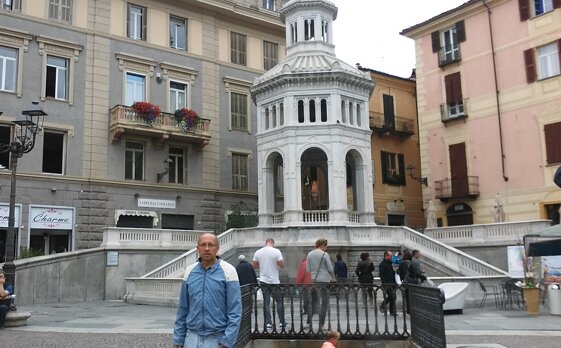
Province of Alessandria
Area: 3557.94 km² Population: 406,831 Municipalities: 187
Acqui Terme: Marble kiosk known as "La Bollente"
Acqui Terme: Marble kiosk known as "La Bollente"
travel photos...
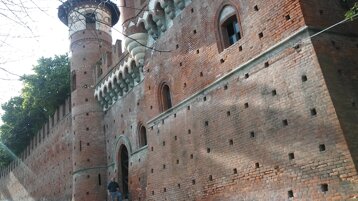
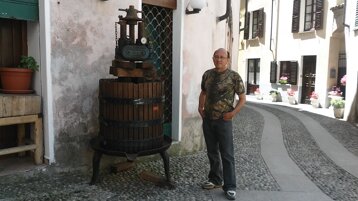

Cereseto
Garbagna
Gavi
Castle
Historic Center
Strong

Province of Asti
Area: 1508.95 km² Population: 207,785 Municipalities: 117
Asti: Piazza San Secondo, historic center
Travel photos...
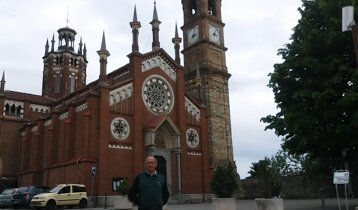
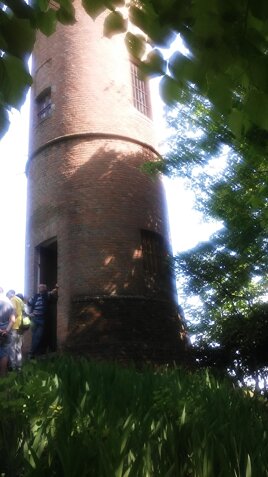
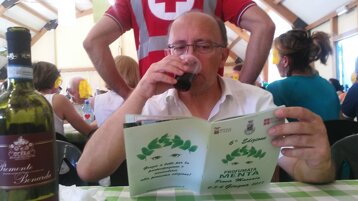
Piovà Massaua
Pino d'Asti
Traditional Mint Festival
Parish Church of Saint Mary of the Pieve Our Lady of Mount Carmel
Castagnole delle Lanze
Torre del Conte Ballada di Saint Robert
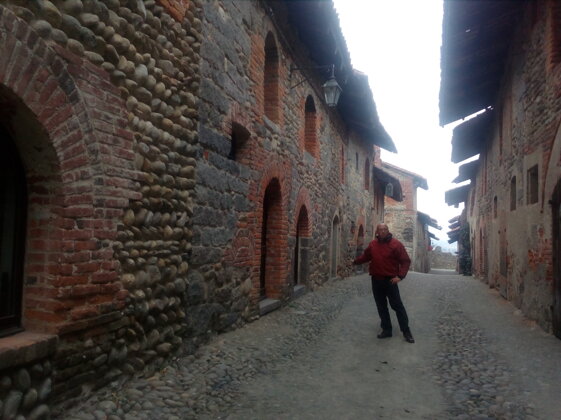
Province of Biella
Area: 912.89 km² Population: 168,707 Municipalities: 74
Candelo: Through the alleys of the ancient Ricetto
Candelo: Through the alleys of the ancient Ricetto
Travel photos...
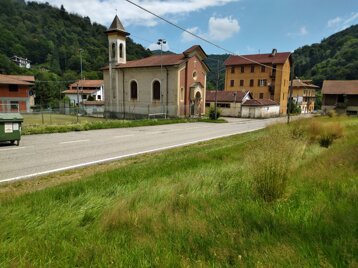
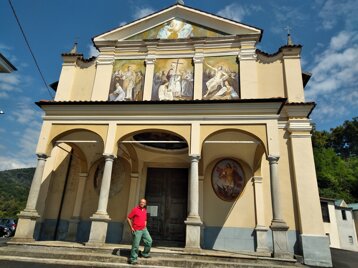
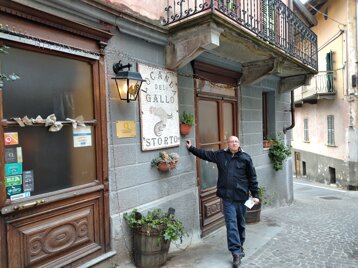
Callabiana
Caprile
Masserano
Oratory of the Madonna of Oropa in the hamlet of Pianezze
Church of San Carlo
Historic center

Province of Cuneo
Area: 6898.19 km² Population: 582,194 Municipalities: 247
Vinadio Castle
Vinadio Castle
Travel photos...


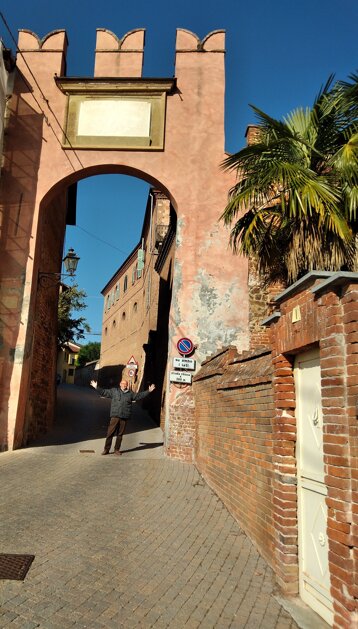
Castelmagno
Historic center where Occitan is spoken
Colle di Sampeyre
Sommariva Perno
Monument at 2284 meters
Savoy Arch
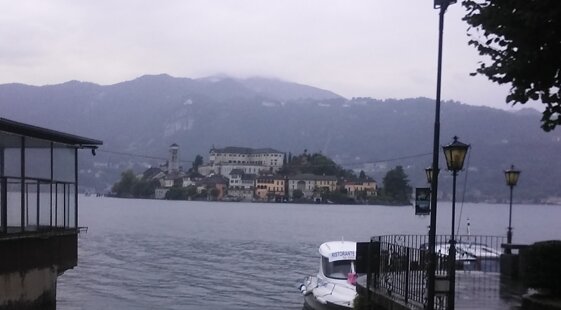
Province of Novara
Area: 1340.54 km² Population: 364,046 Municipalities: 87
San Giulio Island
San Giulio Island
Travel photoso...
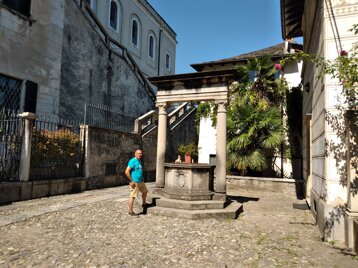
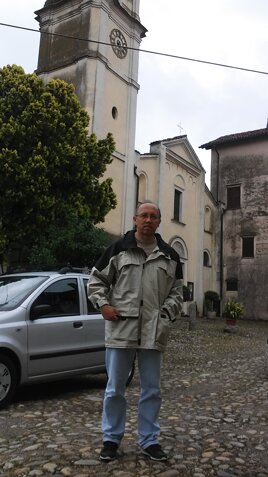
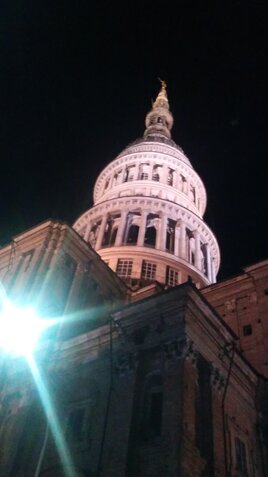
San Giulio Island
Ancient Well in front of the Benedictine Abbey Mater Ecclesie
Badia di Dulzago
Novara
Church of San Giulio priest built in Romanesque style in the 12th century
Dome and Bell Tower of the Basilica of San Gaudenzio, as high as 121 meters
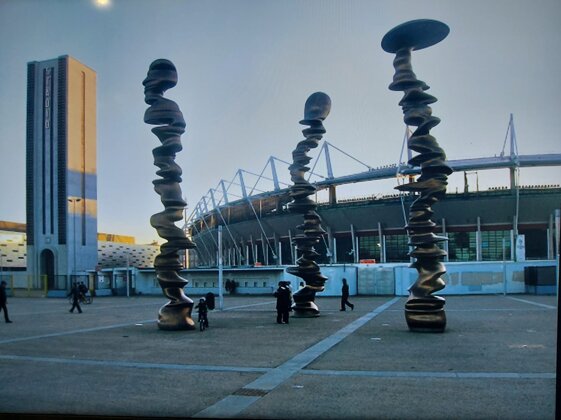
Metropolitan City of Turin
Area: 6828.37 km² Population: 2,203,353 Municipalities: 312
Turin: Grande Torino Municipal Stadium
Turin: Grande Torino Municipal Stadium
travel stories...

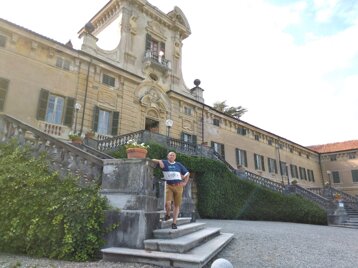
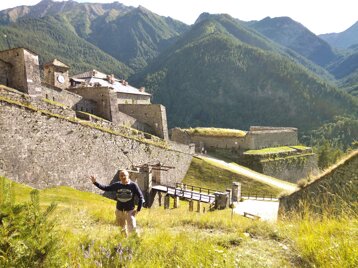
Ducal Castle of Agliè
Rivara Castle
Fort of Fenestrelle
I've lost count of the times I've visited this splendid geographical region called Canavese. Surrounded by a rural landscape with cows grazing, some intent on eating the fresh morning grass, others lying near their calves, lies the town of Agliè. The imposing Ducal Castle dominates the town. In the scenic square in front, I wait for the guided tour to begin. The impressive architectural façade is mainly from the 17th and 18th centuries. Inside, the rooms are huge and fully furnished. The largest is dominated by portraits of King Carlo Felice and Queen Maria Cristina; this room is connected to a smaller one where a beautiful Murano glass chandelier stands out in the center. All the rooms visited so far are decorated with 19th-century style stuccoes; further on, they alternate with fabulous frescoes. Next, you pass through a library where the peculiarity lies in the books, almost all in French, German, and English, languages commonly spoken by the royals. Only one floor of the castle is open to visitors, where the room with portraits of the Savoy dynasty, the Chinese Room, a small theater, and the billiard room with a ceiling decorated in a breathtaking way stand out. This Savoy residence became famous for being the location of Elisa di Rivombrosa. I leave the Palace as evening has already fallen and the lights illuminate the square; in the background, the baroque church of Santa Marta with its historic bell tower tells me that the time to return has come.
Another Sunday in Canavese heading towards Rivara, a charming village 35 km from Ivrea. All the local restaurants are full so I opt for lunch in nearby Busano, where an abundant meal at a modest price awaits me; a myrtle liqueur kindly offered by the host will help my digestion as much as the upcoming climb to the castle. After crossing the Viana stream, I enter the town of Rivara. The visit begins at the large Park of Villa Ogliani: just past the entrance I hug a very tall Californian Sequoia, barely covering a fifth of its circumference; many other tree species also have stands with detailed explanations. At the edge of the Park is Villa Ogliani, a prestigious Art Nouveau building now housing the town hall. A walk through the village streets and after just ten minutes I find myself in front of the massive gray gate with gold tips of Rivara Castle; I enter the large park with its English lawn and decoratively pruned shrubs. Before my eyes, a beautiful and enormous Baroque-style villa; not having the green pass required to access the interior rooms, I take a peek as far as the human eye first and the camera later can reach. Behind the Villa, separated by about ten meters, is the medieval Castle. As I head towards the exit, the last rays of sun illuminate the ochre-colored facade of the villa that two centuries ago Napoleon gave to one of his generals, but which today, returned to the homeland, we can all admire.
Finally, after wanting to for so long, one Sunday I visited this fortress. After paying five euros for the ticket, which included a one-hour guided tour of Fort San Carlo. The group met in the large courtyard in front of the Command Palace, which these days was hosting the Book Fair. The Fort was built by the Italians on the ancient border between France and the Duchy of Savoy as a defense against France. We entered the building that houses the Military Correction Institute Command; the upper floors housed the officers, while on the ground floor there were cells for influential figures of the time, including the Cardinal's prison. We went down to the underground to visit the kitchens; hanging from the ceiling were tools used to keep the bread safe from rats. Once back in the courtyard, we entered the Church, which suffered significant damage during the Second World War; an interesting detail is that the bell tower was about a hundred meters away, placed on the city walls so as not to give the enemy targets to shell inside the courtyard. Finally, we entered an underground tunnel made up of 4,000 steps, which after more than two kilometers leads to the top of the fortress; we walked a short stretch of it. After the guided tour ended, I walked along the slope that runs alongside the mighty three-meter-thick walls; from this vantage point I could better admire the full extent of the fort; in the background, the beautiful green mountains of Val Chisone.
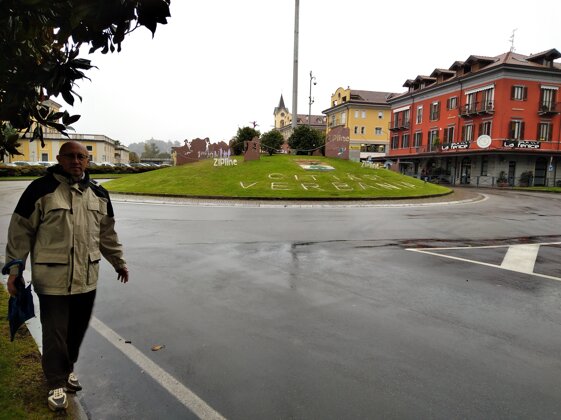
Province of Verbano-Cusio-Ossola
Area: 2262.62 km² Population: 153,844 Municipalities: 74
Verbania: Area of the new pier from where the Lake Maggiore ferries depart
Verbania: Area of the new pier from where the Lake Maggiore ferries depart
Travel photos...
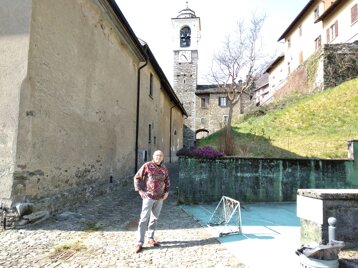
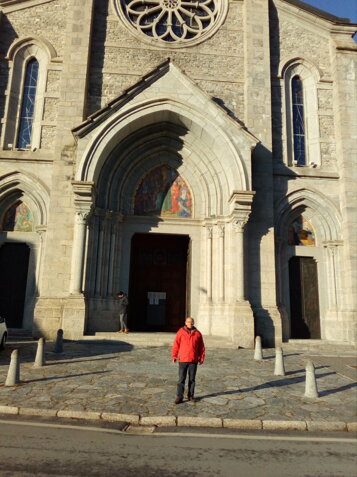

Stresa
Caprezzo
Alpini Monument at the Lakefront
In the background, the bell tower of the Parish Church of San Bartolomeo
Re
Sanctuary of the Madonna del Sangue

Province of Vercelli
Area: 2082.17 km² Population: 165,821 Municipalities: 82
Gula Bridge
Gula Bridge
Travel photos...
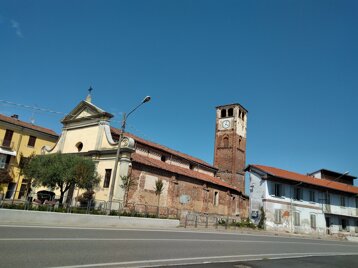

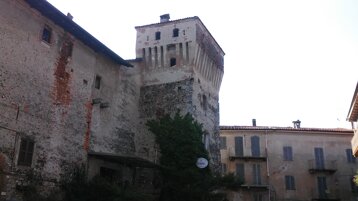
Gattinara
Romagnano Sesia
Collobiano
Ruins of the Church of San Bernardo
Praetorium Tower
Church of San Giorgio